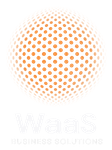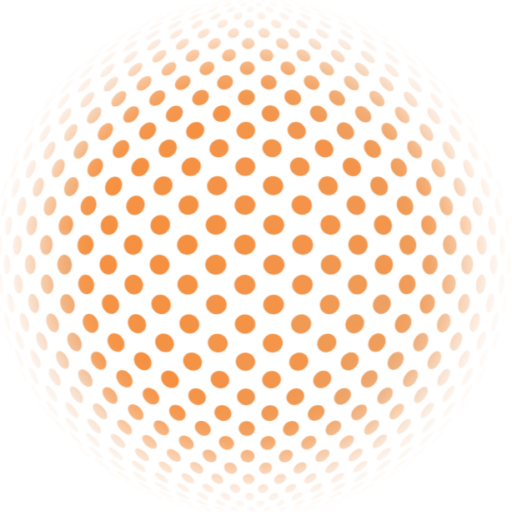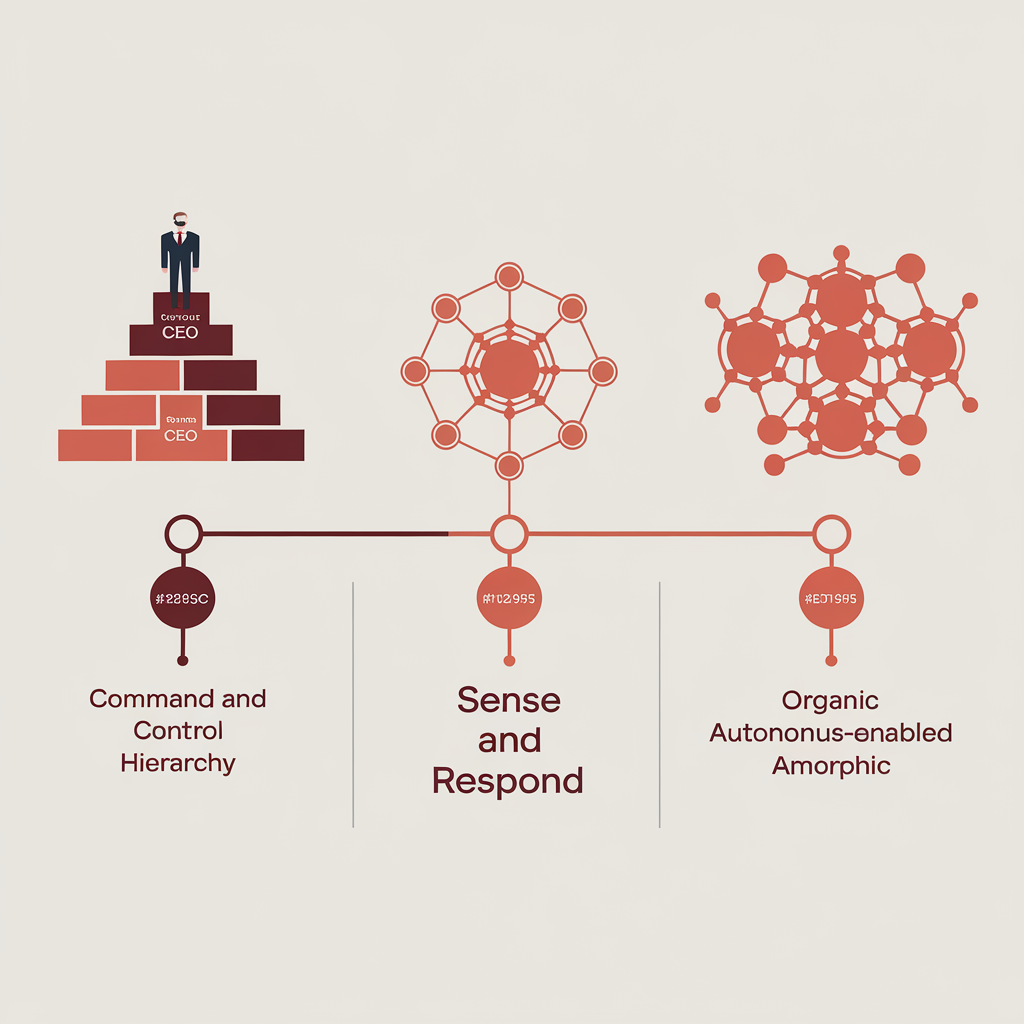Building an ecosystem that integrates Ronald Coase’s theory on transaction costs, asset-based consulting, and organic organizational design can lead to significant beneficial economic outcomes. Here’s a structured analysis:
WaaS Theoretical Foundations
- Ronald Coase’s Theory on Transaction Costs:
- Concept: Transaction costs are the inherent costs incurred in making an economic exchange.
- Implication: Reducing these costs through efficient mechanisms can lead to more transactions, enhancing overall economic activity.
Integration of AI Agents in Holonic Design
- AI Agents:
- Concept: Automate processes, optimize operations, and facilitate decision-making.
- Implication: Enable real-time data analysis to reduce transaction costs further.
- Holonic Design:
- Concept: Structures organizations in a way that allows for both autonomy and collaboration.
- Implication: Promotes self-management while ensuring alignment with the overall ecosystem goals.
Potential Economic Outcomes
- Maximized Economic Value Added:
- For Stakeholders: By focusing on reducing transaction costs and leveraging existing assets, stakeholders (employees, customers, investors) can see significantly increased returns.
- Enhanced Collaboration: Organic structures foster better communication and collaboration, leading to innovative solutions and services which increases the overall value of the ecosystem itself.
- Increased Efficiency:
- Cost Reduction: Lower transaction costs reduce operational expenses.
- Resource Optimization: Asset-based services model ensures resources are used effectively, minimizing waste.
- Innovation and Agility:
- Rapid Response to Market Changes: Organic design enables quick pivots in strategy, fostering a culture of innovation.
- Sustainable Growth: Continuous adaptation leads to long-term sustainability and growth.
- Stakeholder Engagement:
- Value Co-Creation: The value the ecosystem provides to stakeholders enhances loyalty and satisfaction, leading to repeat business, referrals, and higher retention.
- Shared Success: As stakeholders see their value increase, they are more likely to invest in the ecosystem, creating a virtuous cycle.
Challenges and Considerations
- Implementation Complexity: Integrating these theories requires careful planning and execution.
- Cultural Shifts: Organizations will likely need to undergo significant cultural changes to embrace organic design and AI integration.
- Data Privacy and Security: With AI agents handling sensitive information, robust security measures must be in place to protect data.
Conclusion
The proposed ecosystem can yield substantial economic benefits by reducing transaction costs, optimizing asset utilization, and fostering a flexible organizational structure. By leveraging AI in a holonic design, the ecosystem can enhance collaboration, drive innovation, and maximize economic value for all stakeholders involved.







Leave A Comment